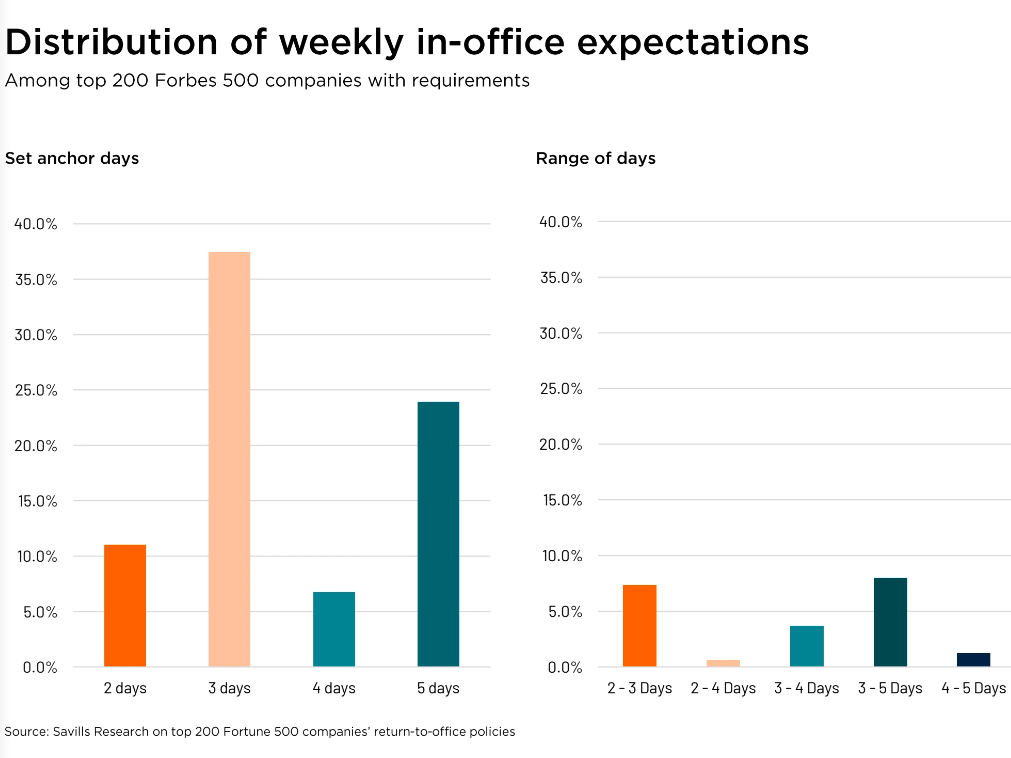Why Rates and Recalibration Will Still Weigh Heavy on Capital Markets in 2023
Troy Marek of Sabal Capital Partners on what borrowers can expect in the new year.
From inflation to higher interest rates, the capital market landscape has changed. As a result, we are seeing increased normalization in certain areas and slowdowns in others. That, in turn, has implications for companies seeking financing right now, as well as in the months to come.
For those looking to finance commercial real estate deals today, the process is often more detailed than it was earlier this year. To be sure, there is liquidity remaining in the market; however, the industry has been undergoing a recalibration across asset pricing, cost of debt and other variables. While transactions are still occurring, they are happening at a slower pace than they were during the first half of 2022.
After years of significant growth, normalization is to be expected and, in early October, the Mortgage Bankers Association released a forecast reflecting this. The MBA’s predictions included a total annual 2022 commercial and multifamily borrowing and lending decline to $766 billion, representing a 14 percent decrease from the $891 billion 2021 totals. As part of that forecast, MBA broke out multifamily lending, predicting the sector’s finance activity to drop to $455 billion in 2022, or a 7 percent decline from last year’s record $487 billion in activity. As a point of reference, MBA reported $441.5 billion in commercial and multifamily mortgages closed in 2020 and $601 billion closed in pre-pandemic 2019.
Banks have experience working with clients through a variety of economic cycles, so it is not surprising to see particularly close scrutiny on credit decisions as financial institutions work to ensure the soundness and sustainability of operations for which they are providing financing during a relatively uncertain economic time. Anticipating the current landscape, this past summer, federal regulators indicated they would be watching bank commercial real estate loan portfolios more closely through the end of the year, and this will likely continue into 2023.
GSAs Are One Constant
In November, the FHFA announced 2023 volume caps for multifamily loan purchases of Fannie Mae and Freddie Mac. Because Fannie and Freddie provide a significant amount of liquidity for the apartments and affordable rental housing arena, these caps are important indicators of annual deal volume. FHFA designated next year’s caps at $75 billion for each agency, or a total of $150 billion. This represents a small decline from 2022’s $78 billion cap for each agency or $156 billion total.
Ultimately, lenders, bank or otherwise, and regardless of financing agency or non-agency deals, are evaluating borrowers more rigorously. Many are still originating. They are operating, however, with even more due diligence. In some cases, banks are also keeping clients on their balance sheets longer.
Borrowers looking to finance, or refinance, should expect their creditworthiness, as well as property and deal specifics, to be reviewed more closely by lenders. The debt providers still active today are more selective about working with sponsors able to prove a track record of execution. Borrowers should also be prepared to bring more equity to the deal than what was required several months ago.
With the potential for a recession and continued interest rate increases before us, uncertainty within the real estate capital markets arena is expected to continue into the foreseeable future. Considering the relative slowdown, many experts are debating whether we will be blessed with a soft landing, or if we could face a harder, longer recession. That should become a bit clearer once the success of the Fed’s strategy to curb inflation is determined.
Troy Marek is head of Real Estate Capital Markets for Regions Bank and leads Sabal Capital Partners, LLC, a wholly owned subsidiary of Regions Bank and a national commercial and multifamily real estate lender.








You must be logged in to post a comment.